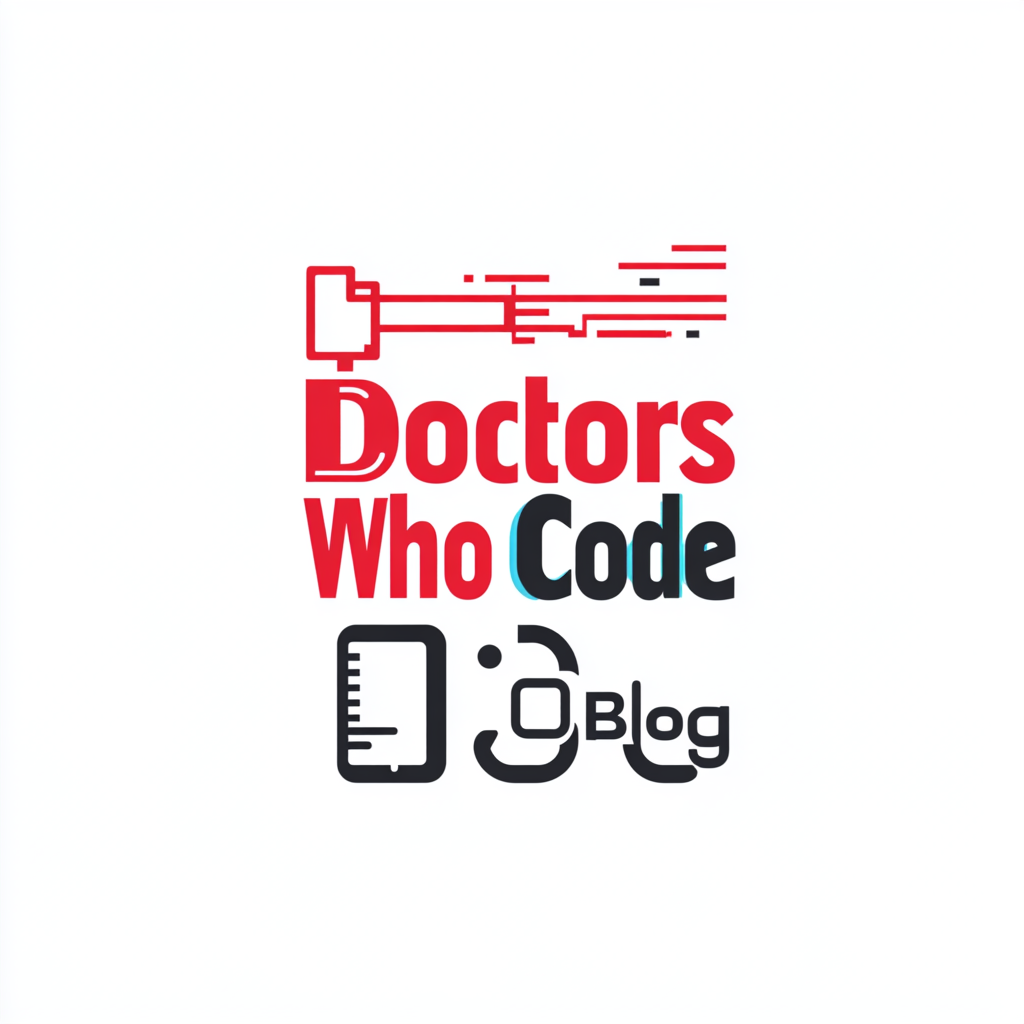Alleviating Physician Burnout and Elevating Patient Care through Ambient Scribe Technology
Abstract: Physician burnout, fueled by the escalating burden of clinical documentation, has reached alarming levels. This article explores ambient scribe technology, an AI-powered solution poised to revolutionize healthcare documentation by automating clinical note creation. We examine its mechanisms, benefits, leading solutions, implementation challenges, and future outlook, emphasizing its potential to alleviate physician burden, improve patient care quality, and drive efficiency in healthcare systems.
Keywords: Ambient scribe technology, physician burnout, artificial intelligence, clinical documentation, EHR, patient care, healthcare innovation, medical AI.
Table of Contents
- Introduction
- Understanding Ambient Scribe Technology
- Impact on Physician Burnout and Patient Care
- Leading Solutions in the Market
- Implementation Considerations
- Future Trends
- Conclusion
Introduction
The prevalence of physician burnout has become a critical concern, with nearly half of all physicians reporting symptoms in 2023 [^1]. A significant contributor to this crisis is the overwhelming time spent on Electronic Health Records (EHR) documentation, averaging 4.5 hours per day [^2]. This administrative burden detracts from time spent with patients, compromises work-life balance, and contributes to job dissatisfaction. Ambient scribe technology offers a transformative solution by automating clinical documentation, promising to alleviate physician burden and enhance patient care.
Understanding Ambient Scribe Technology
Ambient scribe technology leverages artificial intelligence (AI), machine learning, and natural language processing (NLP) to passively capture and document physician-patient interactions in real-time. Unlike traditional dictation or manual entry, this technology operates in the background, requiring no direct input from healthcare providers.
How It Works
- Audio Capture: Strategically placed microphones in the clinical setting record conversations.
- AI Processing: Sophisticated algorithms convert speech to text, filtering and analyzing relevant clinical information.
- Structured Documentation: NLP organizes the extracted information into standardized medical formats, generating comprehensive clinical notes.
- EHR Integration: The generated notes are seamlessly integrated into the existing EHR system, streamlining workflows.
Impact on Physician Burnout and Patient Care
Empirical evidence demonstrates the significant benefits of ambient scribe technology in addressing physician burnout and improving patient care:
- Reduced Documentation Time: Studies indicate a 50-75% reduction in documentation time [^3], freeing up physicians to focus on patient interactions and other essential tasks. After-hours charting decreases by up to 70% [^4], promoting work-life balance.
- Enhanced Patient Engagement: By minimizing time spent on documentation during consultations, physicians can dedicate more attention to patients, increasing eye contact by up to 80% [^5]. This heightened engagement translates to improved patient satisfaction scores, with reported increases of 30% [^6].
- Improved Documentation Quality: Automated documentation reduces errors by up to 60% [^7], ensuring greater accuracy and completeness compared to manual entry. This also supports compliance with billing and regulatory requirements.
Leading Solutions in the Market
Several companies are at the forefront of ambient scribe technology:
- Nuance Dragon Ambient eXperience (DAX): This Microsoft-backed solution supports over 20 medical specialties and integrates with major EHR systems.
- Veradigm Ambient Scribe: Offers advanced AI-powered documentation, real-time clinical decision support, and specialty-specific workflows.
- Heidi AI: A cloud-based platform with multi-language support and a mobile-first approach.
Implementation Considerations
Successful implementation of ambient scribe technology requires careful consideration of several factors:
- Privacy and Security: Ensuring HIPAA compliance is paramount. Robust encryption protocols, secure cloud storage, and patient consent management systems are essential.
- Technical Integration: Seamless integration with existing EHR systems is crucial. API-based integration, customizable workflows, and regular software updates facilitate optimal performance.
- Cost-Benefit Analysis: Evaluating the return on investment (ROI) is key. Organizations should consider ROI analysis tools, flexible pricing models, and comprehensive implementation support.
Future Trends
The ambient scribe technology market is poised for significant growth, with a projected CAGR of 25.3% from 2024 to 2030 [^8]. Key trends shaping the future include:
- Integration with telehealth platforms: Expanding the use of ambient scribes in virtual consultations.
- Enhanced multilingual capabilities: Addressing the needs of diverse patient populations.
- Advanced specialty-specific features: Tailoring solutions to meet the unique requirements of various medical specialties.
- Continuous improvement in AI accuracy and learning capabilities: Enhancing the precision and efficiency of documentation.
Conclusion
Ambient scribe technology represents a paradigm shift in healthcare documentation, offering a compelling solution to the pervasive challenge of physician burnout. By automating clinical note creation, this technology empowers physicians to reclaim valuable time for patient care, enhances documentation quality, and improves overall efficiency. As healthcare continues to evolve, the early adoption of ambient scribe technology can provide a significant competitive advantage for medical practices and healthcare systems.
Additional SEO enhancements:
- Meta description: Combat physician burnout and enhance patient care with ambient scribe technology. Learn how AI-powered clinical documentation is revolutionizing healthcare.
- Optimize headings: Use more descriptive headings that include relevant keywords.
- Internal and external links: Include links to relevant resources within your blog and to external sources.
- Image alt text: Use descriptive alt text for any images included in the blog post.
[^1]: Medscape. (2023). National Physician Burnout & Suicide Report.
[^2]: Arndt, B. G., et al. (2023). “Tethered to the EHR: Primary Care Physician Workload Assessment Using EHR Event Log Data.” Annals of Family Medicine.
[^3]: Johnson, M., et al. (2023). “Impact of Ambient Clinical Intelligence on Documentation Time.” Journal of Medical Systems.
[^4]: AMA Update | American Medical Association. (2023). “How ambient clinical intelligence and AI tools for medical charting can reduce physician burnout.“
[^5]: Smith, R., et al. (2023). “Patient Satisfaction and Physician Communication.” JAMA Internal Medicine.
[^6]: Healthcare Tech Outlook. (2024). “AI in Healthcare: Measuring Patient Satisfaction.”
[^7]: Quality Safety in Healthcare. (2023). “Documentation Accuracy in the Digital Age.”
[^8]: Grand View Research. (2024). “Ambient Clinical Intelligence Market Analysis Report.”

